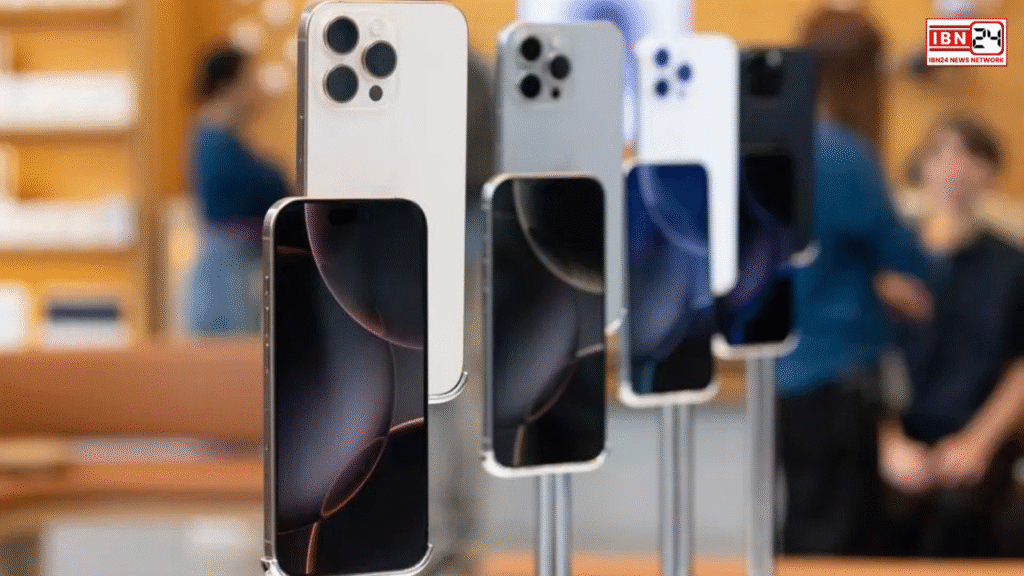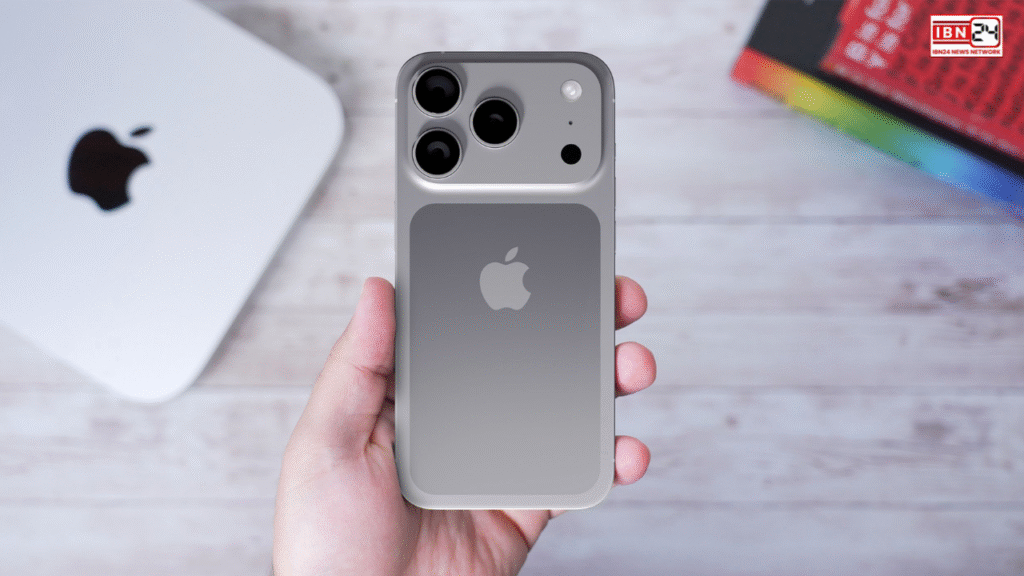Apple Skips This Handy Display Upgrade: iPhone 17 Pro Series
Apple is expected to roll out some significant upgrades with the iPhone 17 Pro series later this year. However, there’s disappointing news for fans hoping for a key display enhancement. According to recent reports, Apple has reportedly decided to scrap its plans to introduce an anti-reflective screen on the upcoming iPhone 17 Pro models—a feature that could have rivaled what Samsung currently offers with its Galaxy S24 Ultra.
Subscribe to IBN24 NEWS NETWORK’s Facebook channel today for real-time updates!
Channel Link: https://www.facebook.com/ibn24newsnetwork
Anti-Reflective Display Plan Cancelled
The buzz around the iPhone 17 Pro series included speculation that Apple would finally introduce an advanced anti-reflective display, similar to the one seen on Samsung’s flagship Galaxy S24 Ultra. This would have marked a significant step forward in screen technology for iPhones, reducing glare and improving visibility in bright environments.
The new information comes from a tipster known as Instant Digital, who shared the update on social media platforms earlier this week. According to the tipster, Apple was initially working to integrate this anti-reflective coating on the iPhone 17 Pro’s display but has now abandoned those efforts.
Why Apple Dropped the Display Enhancement

Apple reportedly conducted internal testing of the new screen technology, but the results did not meet its high standards. One major concern was the speed and efficiency of the coating process, which turned out to be too slow to meet Apple’s massive production goals. With millions of units to be manufactured and shipped globally, any delay in the assembly process could have resulted in logistical nightmares and missed deadlines.
Due to these complications, Apple has decided to delay the inclusion of this feature rather than compromise on production speed or quality. While this move might disappoint some tech enthusiasts, it aligns with Apple’s track record of not launching a feature unless it’s completely refined and scalable.
Apple Already Uses Similar Tech on Other Devices
Interestingly, Apple already employs a similar nano-texture glass coating on some of its other products. Both the iPad Pro and MacBook Air/Pro models offer displays with this anti-glare finish, particularly beneficial for professional users who work in bright environments. This naturally raises the question: why isn’t Apple using the same technology for its upcoming iPhones?
The tipster does not mention whether the nano-texture solution used in iPads and MacBooks was considered for the iPhone 17 Pro. It’s possible that adapting this coating to a much smaller and more frequently handled device like an iPhone introduces durability or manufacturing challenges not present in larger, less mobile devices.
A Missed Opportunity?

Had Apple succeeded in bringing this technology to the iPhone 17 Pro, it would have given the device a substantial edge, particularly in outdoor visibility and content viewing. As it stands, Samsung remains ahead in this area, offering users of its Galaxy S24 Ultra a high-quality anti-reflective screen with reduced glare and improved clarity.
This feature adds both aesthetic and functional value—enhancing the premium experience that Pro-level smartphones are expected to deliver. With Apple holding back for now, Samsung may continue to dominate this niche corner of the flagship phone market, at least until Apple circles back to it in future iPhone iterations.
Looking Ahead
While Apple fans might be disappointed by this news, the decision reflects Apple’s cautious approach to innovation. Rather than rushing a feature that may not be ready for mass deployment, Apple appears to be prioritizing quality control and manufacturing consistency—an understandable move given its reputation for polished hardware.
That said, the anti-reflective display could still make its way to future iPhones, perhaps with the iPhone 18 Pro or beyond, once the manufacturing challenges are resolved. If the company can streamline the coating process without sacrificing quality or scale, we might eventually see this display technology become a staple feature on Pro-level iPhones.
Until then, users will have to make do with current-generation screens, which, while still impressive, won’t match the anti-glare finesse of the Galaxy S24 Ultra.
For instant news updates, subscribe to the IBN24 NEWS NETWORK YouTube channel
Channel link: https://youtube.com/@IBN24NewsNetwork?si=ofbILODmUt20-zC3
Read Also This article : Upcoming Smartphone Launches in May 2025: From Samsung to OnePlus, Here’s What to Expect

